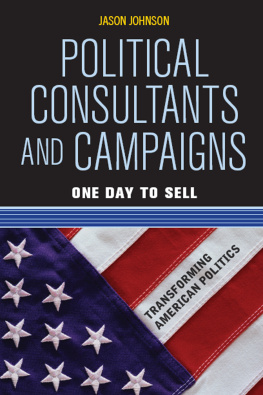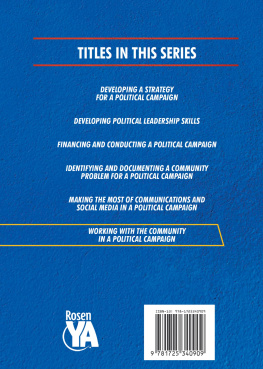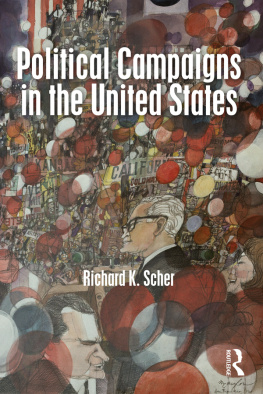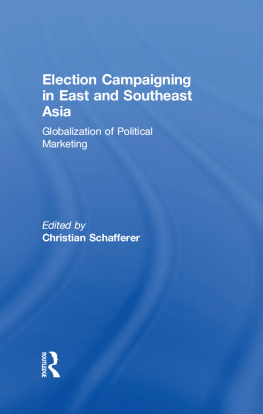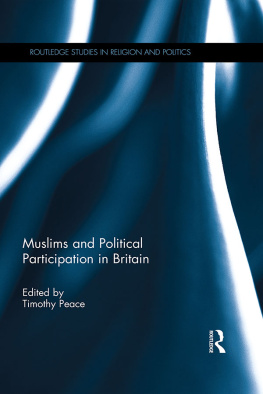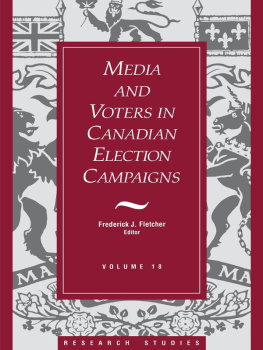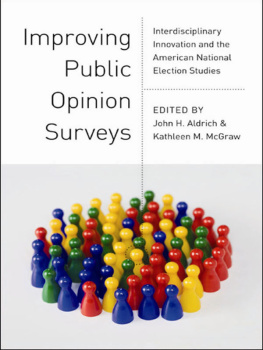
Published in 2021 by Cavendish Square Publishing, LLC
243 5th Avenue, Suite 136, New York, NY 10016
Copyright 2021 by Cavendish Square Publishing, LLC
First Edition
No part of this publication may be reproduced, stored in a retrieval system, or transmitted in any form or by any meanselectronic, mechanical, photocopying, recording, or otherwisewithout the prior permission of the copyright owner. Request for permission should be addressed to Permissions, Cavendish Square Publishing, 243 5th Avenue, Suite 136, New York, NY 10016. Tel (877) 980-4450; fax (877) 980-4454.
Website: cavendishsq.com
This publication represents the opinions and views of the author based on his or her personal experience, knowledge, and research. The information in this book serves as a general guide only. The author and publisher have used their best efforts in preparing this book and disclaim liability rising directly or indirectly from the use and application of
this book.
All websites were available and accurate when this book was sent to press.
Library of Congress Cataloging-in-Publication Data
Names: Kogler, Peter, author.
Title: Political campaigns / Peter Kogler.
Description: New York: Cavendish Square Publishing, 2021. | Series: Topics
today | Includes bibliographical references and index.
Identifiers: LCCN 2020003330 (print) | LCCN 2020003331 (ebook) | ISBN
9781502657480 (library binding) | ISBN 9781502657473 (paperback) | ISBN
9781502657497 (ebook)
Subjects: LCSH: Presidents--United States--Election--Juvenile literature. |
Presidents--United States--Nomination--Juvenile literature. |
Presidential candidates--United States--Juvenile literature. | Political
campaigns--United States--Juvenile literature.
Classification: LCC JK528 .K64 2021 (print) | LCC JK528 (ebook) | DDC
324.973--dc23
LC record available at https://lccn.loc.gov/2020003330
LC ebook record available at https://lccn.loc.gov/2020003331
Editor: Jennifer Lombardo
Copy Editor: Michelle Denton
Designer: Deanna Paternostro
Some of the images in this book illustrate individuals who are models. The depictions do
not imply actual situations or events.
CPSIA compliance information: Batch #CS20CSQ: For further information contact Cavendish Square Publishing LLC, New York,
New York, at 1-877-980-4450.
Printed in the United States of America

CONTENTS
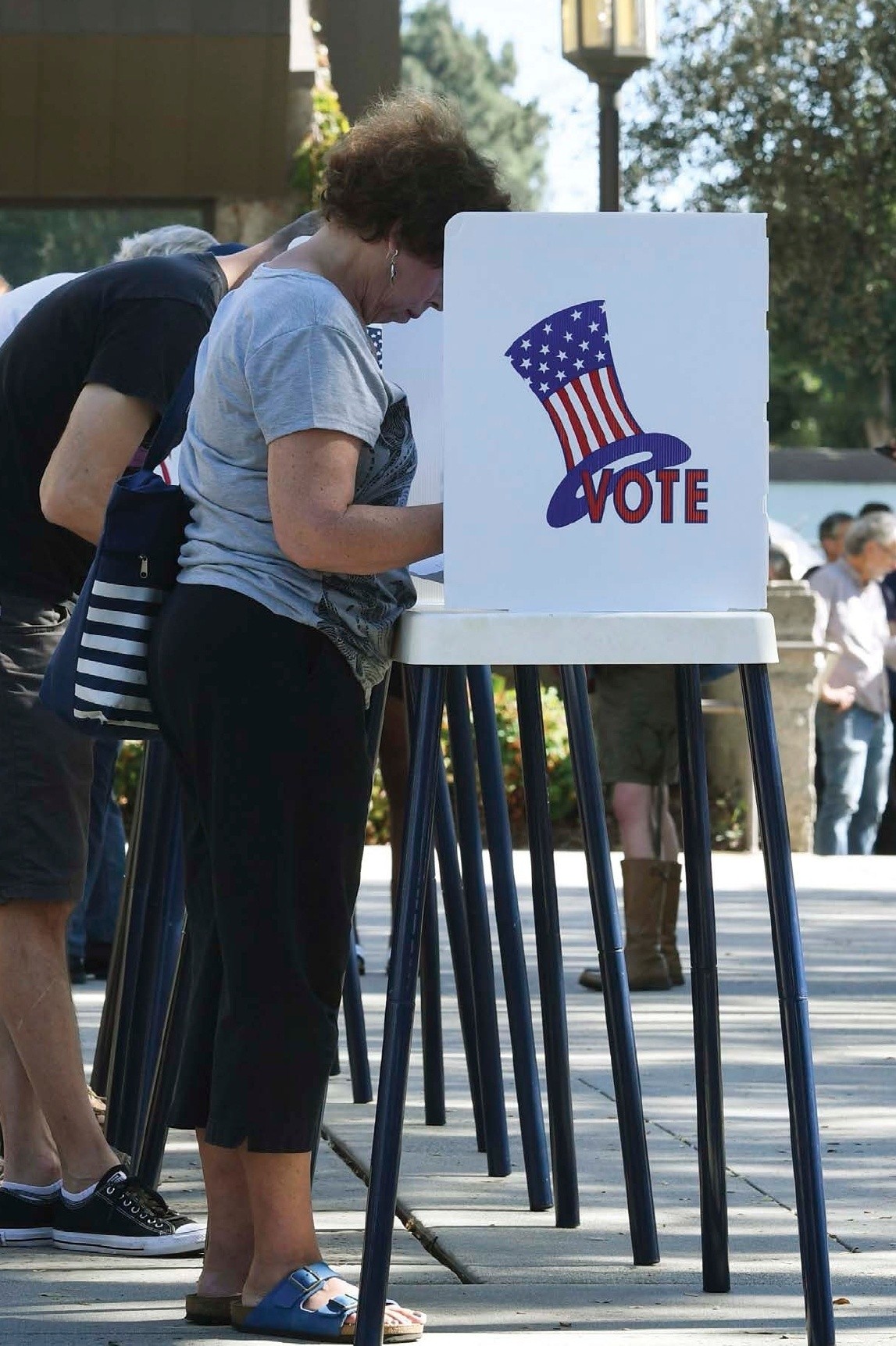
Politicians run campaigns to convince people to vote for them.
INTRODUCTION
THE LONG ROAD TO ELECTION DAY
I n the United States, the day people vote for the next president falls on the first Tuesday after November 1 every four years. Voting for members of Congress is held on this day every two years. The importance of Election Day cannot be understated, as voters take to the polls to determine which politicians will be allowed to lead the country, as well as their state and local community.
Election Day is only possible because of the countless people and tireless efforts involved in the long road of campaigning that it takes to get there. Volunteers, potential voters, campaign staff, and even financial donors all have a part to play in the political campaigns that influence election results. While Election Day is largely a democratic process, its not always a perfect system. Currently, the ability to vote on Election Day is open to Americans of all races, genders, and backgrounds who are legally registered to vote. This has not always been the case, though. When the country was established, only white American men who owned land were allowed to vote. Years of reforms have led to constitutional amendments that have opened the door to millions of voters.
The demographic of voters isnt the only thing thats changed, nor is it the only thing that continues to change. For example, the road to Election Day is becoming an increasingly expensive one. A 2014 article from TIME magazine stated, Since the mid-1980s, the amount dumped on elections by campaigns and outside groups, as measured by the Federal Election Commission (FEC), has grown 555 percentfaster than even the alarming increases in the costs of health care and private college tuition. The costs are expected to keep growing in future elections. However, some studies have found that despite the increase in campaign spending, voter turnout has decreased in some elections.

Women had to fight hard to gain their right to vote. This photo shows women campaigning for that right.
The Changing Campaign Landscape
Election advertising is where a lot of the campaign money goes. Before the invention of television, politicians relied mainly on newspapers and personally touring cities across the country to reach out to voters. Today, however, there are more advertising options than ever before. The increased use of social media websites such as Twitter, Facebook, and YouTube, as well as news apps and targeted ads on other websites, has increasingly allowed for a higher level of engagement with voters.
The downside of this increased access to voters is that now anyone can spread misinformation in an effort to discredit other candidates and their campaigns. These efforts are known as influence campaigns, and the ease of creating fake profiles on social media has allowed them to become more common in recent years. Some people believe social media websites have a responsibility to police and take down profiles that appear to be fake. In 2018, CBS News wrote, Large internet firms are taking active steps to remove content and accounts associated with influence campaigns. Twitter, a haven for bots and trolls during the 2016 presidential campaign, recently removed 770 accounts associated with Iranian and Russian influence campaigns. It said the accounts were sharing divisive social commentary and images.
The process of campaigning continues to evolve and change with each new advance in technology or law that aims to protect the election process. Numerous guidelines and regulations are in place to ensure the transparency and fairness of the system, but corruption and fraud are still very real problems on the campaign trail. The cost and effort it takes to run a successful campaign are increasing. The results on Election Day show whether or not the work and money that went into the campaign were actually worth it.
The Ultimate Decision
American voters throughout history have helped make decisions that have had major effects on events around the world as well as in their own country. The politicians they vote into office and the political parties those politicians represent have the power to start and end wars, fight for human rights, and make other decisions that change the quality of life around the world and the environment in which people live for better or for worse.

Getting into the White House requires years of strategy, hard work, and fundraising.
CHAPTER ONE
PRESIDENTIAL ELECTIONS FROM START TO FINISH
P residential campaigns are the most expensive and, some argue, most historically important political races in America. Whoever wins the presidency becomes the most visible leader of the country for at least four years. Presidential candidates dont just appear out of nowhere; theyre the faces of the political parties they represent, and theyve worked their way up to that point through a series of nominations and wins, competing against others within their own party. Eventually, however, only one candidate from each party is left standing to compete for the presidency.


